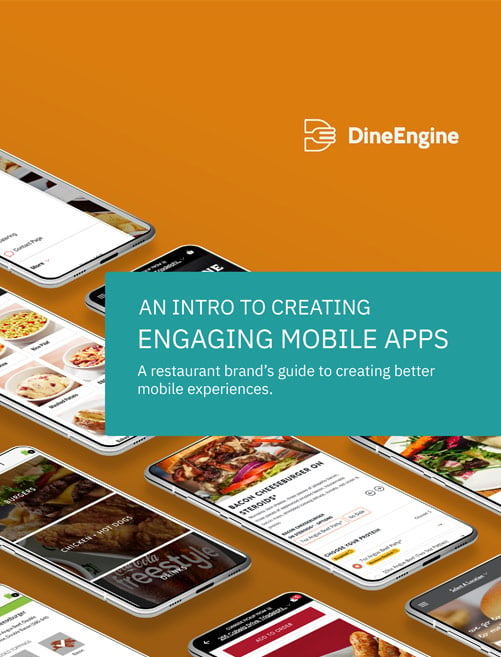In our previous newsletter we looked at three popular ways your website can be brought to a mobile device: mobile site, responsive design and native mobile applications. With mobility becoming more popular everyday, we want to take this discussion one step farther and look specifically at mobile applications. There is a lot of buzz and debate in the tech industry right now when it comes to comparing HTML5 and native. Lets talk about what the differences are and why one may be better than the other.
What is HTML5 anyway?
HTML5 applications are housed on the web, often referred to as web applications. These web applications can be developed one time and will run on several platforms (including IOS and Andriod). HTML5 applications can be added to your home screen regardless of the phone giving them a true application feel.

Pros
- Works across all operating systems
- Less expensive & can be created more quickly than a native application
- Developers don’t have to start from scratch for individual operating systems
- Users receive updates automatically without going to an app store and downloading the update
Cons
- Tends to be slower & can be inconsistent depending on data connection
- Looks native on your homes screen. However, once opened though does not have the same look as native applications
- Because HTML5 is web based and not created for each operating system, it cannot access or interact with native components of a device like the camera or the accelerometer
What about native applications?
 Native applications are operating system specific and downloaded from an application store such as the iTunes or Andriod store. Once downloaded, these applications live on your device not the web.
Native applications are operating system specific and downloaded from an application store such as the iTunes or Andriod store. Once downloaded, these applications live on your device not the web.
Pros
- Provides a high quality user experience because of the ability to interact with native features of a device
- Because they are optimized for, native applications tend to be quicker and more responsive and most can even work without an internet connection
- Native applications are also easier to locate because they have their own application store dependent on the operating system.
- Native applications can be easily monetized because of these application stores
Cons
- More expensive & time consuming to build because the entire application has to be built for each operating system
- Revenue must be shared with the application store it is downloaded from
- Updates are not done automatically, they must be downloaded from an app store (note, this will be changing with iOS7)
At the end of the day there is still a great divide on what is better. In reality, the choice depends most on the purpose of your application and what features are most important to you and your users.












0 Comments